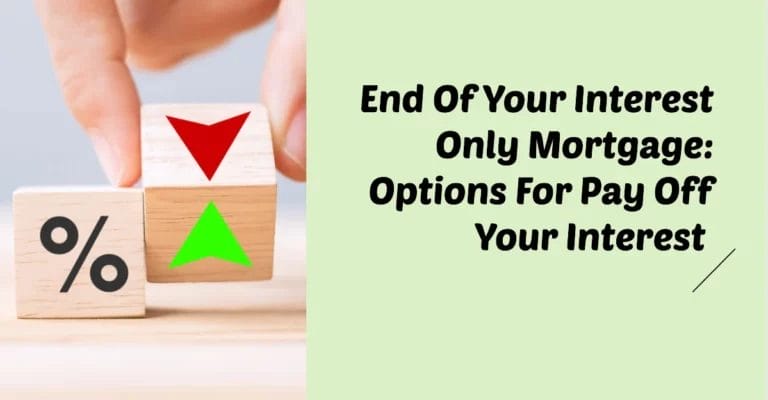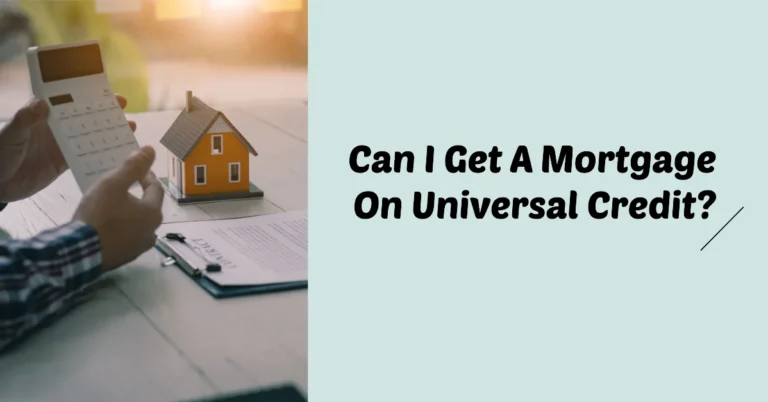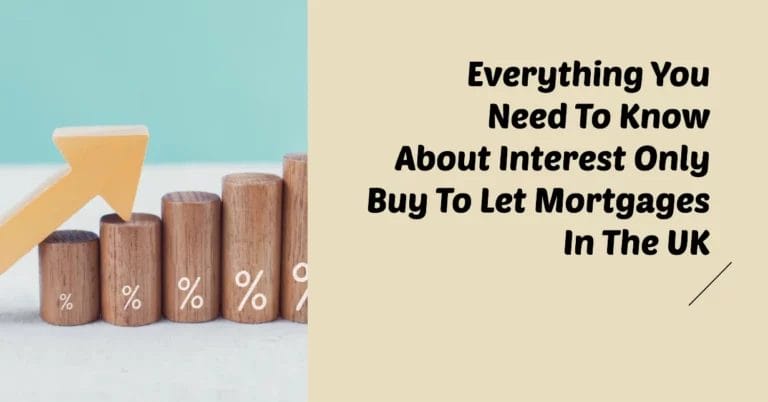Are Buy-to-Let Mortgages More Expensive? A Detailed Analysis
If you’re considering investing in a buy-to-let property, it’s crucial to understand that buy-to-let mortgages are typically more expensive than ordinary mortgages for homeowners. In fact, buy-to-let mortgage rates are typically around one percentage point higher than residential mortgage rates. This is because lenders view tenants as a higher risk compared to owner-occupiers.
Additionally, many buy-to-let mortgages come with high arrangement fees, sometimes as much as 3.5 per cent of the property’s value. These higher costs reflect the lender’s perception of increased risk when lending to landlords rather than owner-occupiers.
When taking out a buy-to-let mortgage, it’s essential to factor in the higher interest rate and fees, as they can significantly impact your monthly mortgage payment and overall profitability. Landlords must ensure that their rental income can comfortably cover the mortgage repayments and any other associated costs, such as agent fees and maintenance expenses.
To get the best deal on a buy-to-let mortgage, you should work with an experienced mortgage broker who can guide you through the various options and help you find a product that suits your specific circumstances.
Additionally, using a buy-to-let mortgage calculator can help you estimate your potential mortgage payments and determine the type of mortgage that’s right for you, whether it’s interest-only or repayment.
Let’s have a detailed discussion about Buy-to-let and explore why this is the case.
What is a buy-to-let mortgage?
A buy-to-let (BTL) mortgage is a loan designed specifically for purchasing properties intended to be rented out rather than lived in. It operates on the principle that the property’s potential rental income, rather than the borrower’s income, influences the mortgage decision.
The application is generally more stringent, with the expectation that your rental income will cover at least 125% of your monthly mortgage payments, even if the property is vacant. Some lenders now apply a stress test at higher rates or a percentage of the rent to income calculations.
Traditionally, a larger deposit is required for a buy-to-let mortgage, with first-time landlords often needing a minimum of 25% or 30% of the property’s value, although this varies between lenders. It’s different from a residential mortgage primarily because it focuses on the rental income potential and the eventual sale of the property rather than the property being your primary residence.
Recommended reads:
Are buy-to-let mortgages more expensive?

The simple answer? It depends. Multiple factors, including interest rates, fees, and eligibility criteria, should be considered. At face value, buy-to-let mortgages tend to have higher interest rates and can often come with steeper arrangement fees.
Interest rates and fees
Interest rates on buy-to-let mortgages are usually higher than those on residential mortgages. This is because lenders perceive buy-to-let as riskier due to the potential fluctuations in rental income and the expense of managing a property.
Application and arrangement fees for BTL mortgages can also be notably higher than for their residential counterparts. Lenders may charge a percentage of the loan amount alongside a flat fee. These upfront costs can be considerably more than you would pay for a standard residential mortgage.
The bigger deposit
BTL mortgages often require a larger deposit, which means more money upfront. This protects the lender in case the property does not yield rental income or if there are rental void periods.
For those entering the market, this can be a considerable hurdle. However, the long-term benefits of the larger deposit, in terms of lower monthly payments and the potential for better interest rates, can make the investment worthwhile.
Different payment structures
Buy-to-let mortgages also offer different payment structures, notably the interest-only mortgage. This means that, initially, you only need to pay the interest on the loan, leaving the capital untouched. And, at the end of your mortgage term, the capital borrowed is repaid in full using other funds. This can be riskier but may allow for higher-yielding investments with lower initial outlays.
Recommended reads:
Criteria and eligibility
Lenders will consider your financial position carefully when applying for a buy-to-let mortgage. Landlords may find eligibility more demanding, but desirable lending options, such as lower rates or better terms, are often available for those with strong financial profiles and existing property portfolios.
Why are buy-to-let mortgages more expensive?

Risk assessment
Lenders perceive you as a higher-risk borrower when you buy a property intending to let it out. There are several reasons behind this perception:
Firstly, the lender has no control over the tenants you rent your property to. Different from when you buy a home for yourself, where the lender can thoroughly vet your financial situation and behaviour, they have no way of assessing the reliability of your tenants. As a landlord, you don’t share any financial information about your tenants with the lender, meaning they need insight into whether they can be trusted to make their rent payments consistently.
Since most buy-to-let lenders rely on the rental income to cover the mortgage repayments, any issues with tenants failing to pay rent could affect your ability to repay your mortgage monthly. This lack of control and visibility into the tenants’ financial situation is a significant risk factor for lenders.
Consequently, lenders view you, the landlord, as the higher risk in a buy-to-let scenario. If your tenants need help making rent payments, it could hinder your ability to keep up with the repayments on your mortgage. This increased risk exposure is the primary reason why buy-to-let mortgages tend to have higher interest rates and more stringent lending criteria than mortgages for properties you intend to live in yourself.
Higher interest rates
When it comes to borrowing, the level of risk you pose as a borrower is directly reflected in the interest rate you’re offered and the amount you can borrow. This principle also applies to buy-to-let mortgages.
As a buy-to-let borrower, you’ll typically find that the Annual Percentage Rate (APR) on your mortgage is higher than a standard residential mortgage. The exact difference can vary, but it’s common for buy-to-let mortgage rates to be anywhere between 1% and 3% higher than ordinary mortgage rates. This higher APR reflects the increased risk that lenders associate with buy-to-let borrowers.
When setting up a buy-to-let mortgage, you should expect to pay higher arrangement fees in addition to a higher interest rate. These fees can be substantial, further increasing the overall cost of your borrowing.
Moreover, lenders typically require a more substantial deposit for buy-to-let mortgages, usually around 25% of the property’s value. This means you’ll need a sizable amount of cash available upfront before considering investing in a buy-to-let property.
The higher interest rates, arrangement fees, and more significant deposit requirements make buy-to-let mortgages more expensive than standard residential mortgages. Lenders view buy-to-let borrowers as a higher risk, and these additional costs are their way of mitigating that risk.
Administrative and legal costs
BTL involves additional administrative and legal responsibilities, which lenders anticipate and reflect in their pricing. These include managing tenants, responding to maintenance issues, and ensuring compliance with a wide range of laws and regulations.
Market dynamics
The buy-to-let market itself is dynamic, with landlords and letting agents constantly shifting in response to regulatory changes, tax implications, and economic tides. Such market dynamics can influence the costs of buy-to-let mortgages. For instance, tax relief on mortgage interest for landlords has been phased out, further impacting the profitability of rental income.
Recommended reads:
Long-term investment horizon
Investors in buy-to-let properties generally require a longer-term horizon to see substantial returns. The cost of servicing the mortgage over time becomes a key consideration, as does the potential for capital appreciation upon selling the property.
Weigh it up
While it’s evident that buy-to-let mortgages can initially appear more expensive due to various factors, they also open doors to investment opportunities that residential mortgages don’t cater to. Bear in mind that looking at the bigger financial picture is critical when undertaking an investment of this nature.
For those weighing whether to enter the buy-to-let market, the key is a full and comprehensive understanding of the financial landscape. Each individual’s situation, financial goals, and strategy will determine whether a buy-to-let mortgage is a prudent investment.
GET AN EXPERT BROKER
Are you ready to leap into the world of buy-to-let investments? With the right guidance, we can help you easily navigate the complexities of buy-to-let mortgages. Don’t go it alone—partner with expert mortgage brokers, and we’ll illuminate the path to a prosperous property portfolio.
As seasoned professionals, we live and breathe the world of buy-to-let mortgages, armed with a deep understanding of the ever-changing market landscape. We’ll take the time to truly comprehend your unique financial goals and tailor our recommendations accordingly, leaving no stone unturned in our quest to secure your investment strategy’s most advantageous rates and terms.
With us as your trusted mortgage brokers, you can confidently turn the page on uncertainty and embrace the exciting opportunities that await. Our expertise will empower you to make informed decisions, paving the way for a flourishing property portfolio that generates a steady rental income stream.
Take the first step towards realizing your buy-to-let dreams, and connect with us today. Our invaluable guidance will illuminate the path, allowing you to easily navigate the complexities and unlock a world of profitable possibilities.







